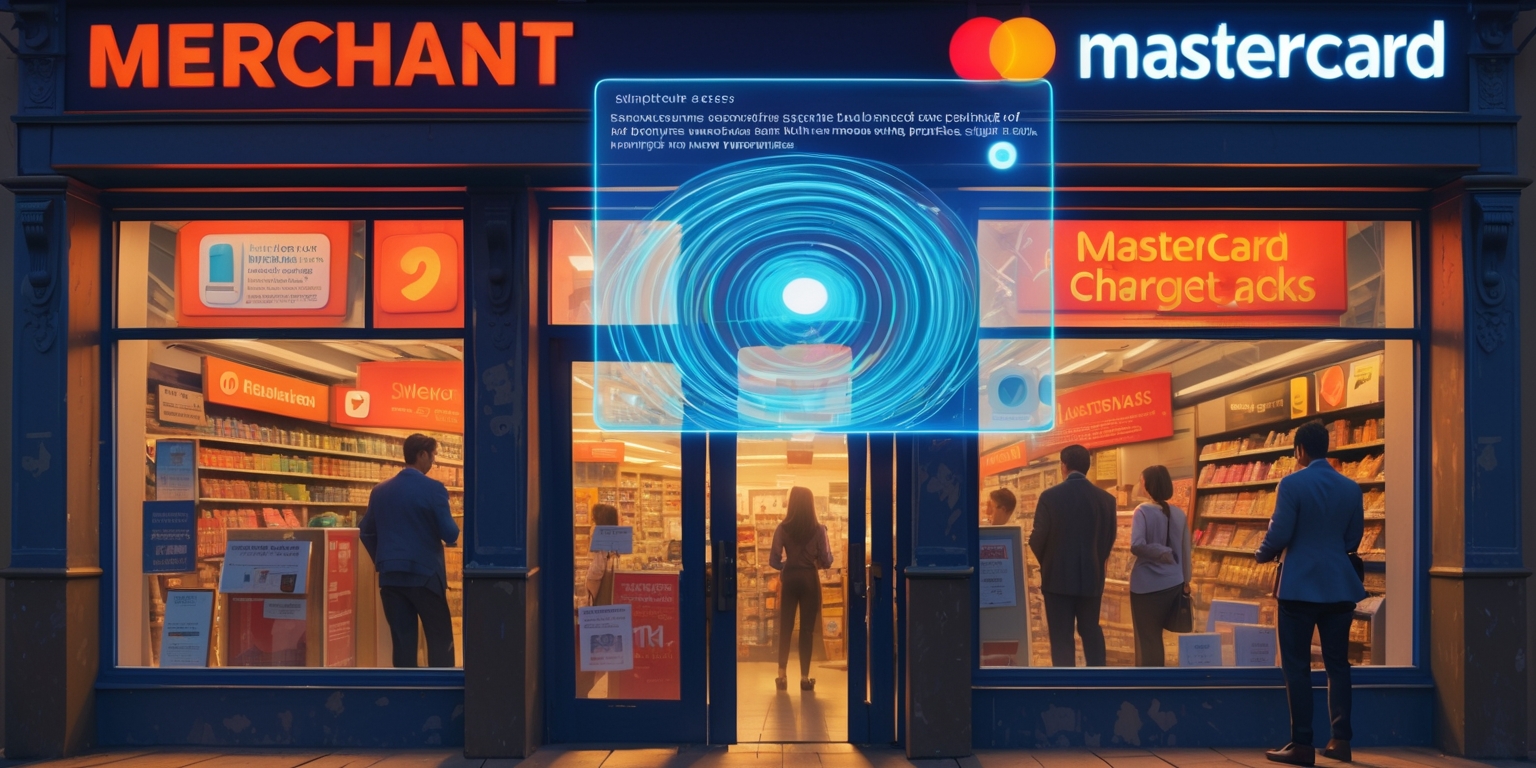As a merchant, few phrases cause as much anxiety as “chargeback notification.” I’ve seen firsthand how these disputes can drain resources, impact profits, and create unnecessary stress. It’s more important than ever to understand how Mastercard chargeback alerts can protect your business.
In this guide, I’ll walk you through everything you need to know about Mastercard’s alert system, how it works, and why it’s become an essential tool for merchants looking to reduce losses and maintain healthy payment processing relationships.
What Are Mastercard Chargeback Alerts?
Mastercard chargeback alerts are early warning notifications that inform merchants when a cardholder is planning to dispute a transaction. These alerts give you precious time to address customer concerns before they escalate into formal chargebacks.
Think of them as an early warning system that can save you from the full impact of a chargeback, which we know costs merchants an average of $3.35 for every $1 in direct losses.
How Mastercard Chargeback Alerts Work
The Mastercard chargeback alert system operates primarily through Ethoca, a fraud intelligence company acquired by Mastercard. Here’s how the process unfolds:
- A customer contacts their bank to dispute a charge
- Before processing a formal chargeback, the issuing bank sends information to Ethoca
- Ethoca alerts for merchants are sent in real-time through the alert platform
- Merchants receive notification about the pending dispute
- You can then take action: issue a refund, provide evidence of legitimate purchase, or contact the customer
This simple but effective system creates a critical window of opportunity to resolve issues before they become costly chargebacks.
Ethoca Chargeback Alert System Benefits
The benefits of receiving merchant chargeback notifications are substantial:
- Prevention instead of reaction: Address issues before they become formal disputes
- Cost savings: Avoid chargeback fees and operational costs of fighting disputes
- Reputation protection: Maintain good standing with payment processors
- Improved chargeback ratios: Keep your rates below problematic thresholds
- Better customer relationships: Reach out proactively to resolve concerns
Implementing Mastercard Fraud Alerts for Merchants
Getting started with real-time chargeback alerts from Mastercard requires some setup, but the investment pays dividends quickly. Here’s how to implement this system:
1. Enrollment in the Alert Program
The first step is enrolling in Mastercard’s alert program through Ethoca. This typically involves:
- Creating an account with Ethoca
- Configuring your alert preferences
- Setting up your notification channels
- Establishing protocols for alert handling
2. Integration Options
Depending on your business size and technical capabilities, you have several ways to receive alerts:
- Email notifications
- API integration with your existing systems
- Dashboard monitoring
- Third-party chargeback management platforms
3. Response Protocol Development
To maximize the effectiveness of chargeback prevention with Mastercard, establish clear protocols for how your team should respond to alerts:
- Designate team members responsible for monitoring alerts
- Create standard operating procedures for different types of disputes
- Set timeframes for response actions
- Document all communication with customers
Real Results: The Impact of Mastercard Merchant Dispute Resolution
The statistics demonstrate the effectiveness of alert programs:
- Merchants win approximately 45% of chargeback disputes on average
- 26.3% of merchants now use pre-chargeback alerts as a prevention strategy
- Over 86% of merchants using prevention strategies employ some form of alerts
- Businesses using comprehensive alert systems often see chargeback rates below the industry average of 0.65%
I’ve seen businesses transform their chargeback situation by implementing these systems. One online retailer I worked with reduced their chargeback rate from 1.2% to 0.4% within six months of implementing Ethoca alerts, saving thousands in fees and recovered merchandise.
Staying Below Monitoring Thresholds
Maintaining healthy chargeback ratios isn’t just good business—it’s essential for avoiding costly monitoring programs. Mastercard’s Excessive Chargeback Program triggers when:
- Your chargeback-to-transaction ratio exceeds 1%
- You hit certain thresholds for specific chargeback reason codes
In today’s increasingly digital marketplace, Mastercard chargeback alerts have transformed from a nice-to-have into a business necessity. With chargebacks continuing to rise and friendly fraud becoming more prevalent, the ability to intercept disputes before they formalize saves merchants significant money, time, and stress.
I’ve seen that businesses embracing these alert systems consistently outperform their peers in chargeback metrics, customer satisfaction, and overall profitability. By implementing Mastercard’s alert system through Ethoca, you’re not just preventing individual chargebacks—you’re building a more sustainable business.
Would you like to share your experience with chargeback alerts? Have you implemented this system in your business? I’d love to hear your thoughts and questions in the comments below!
